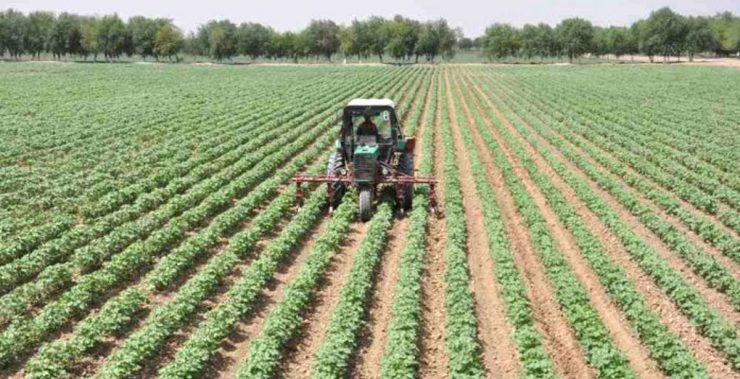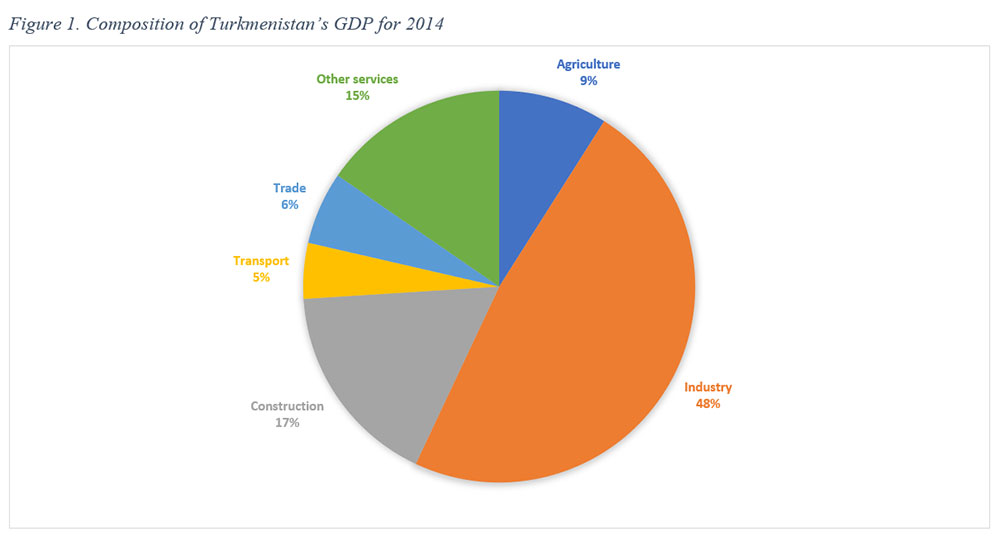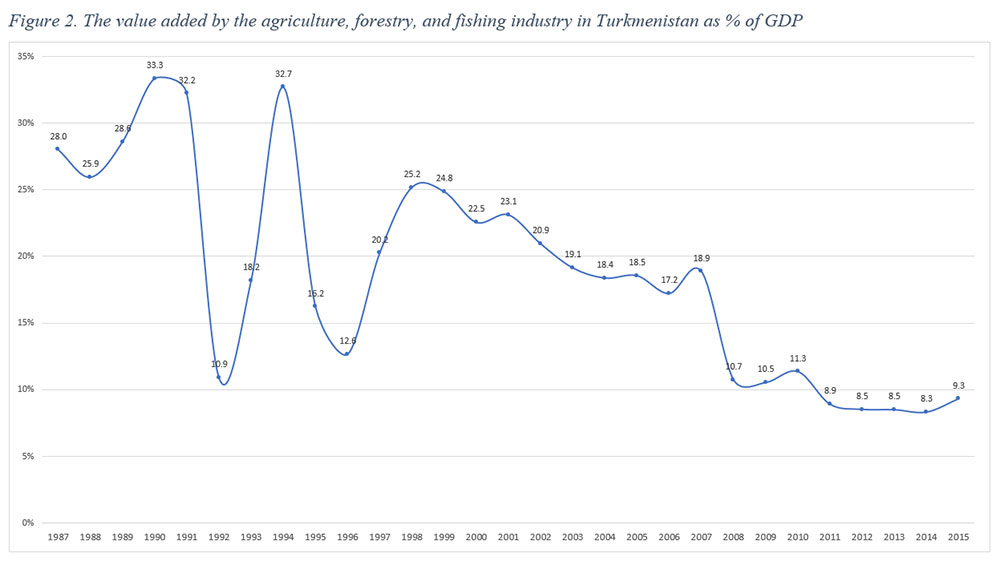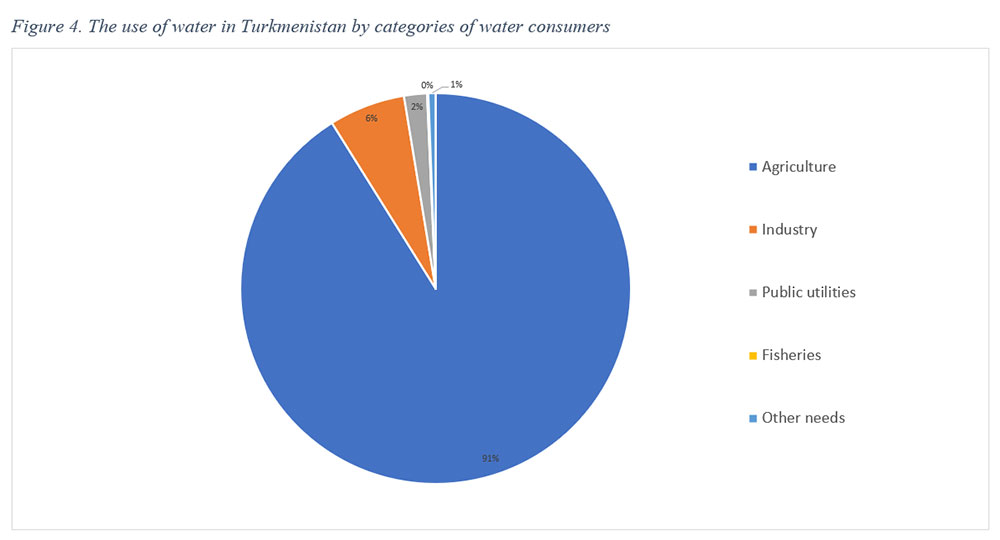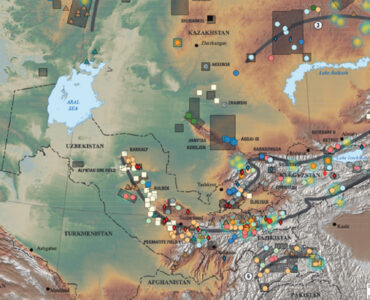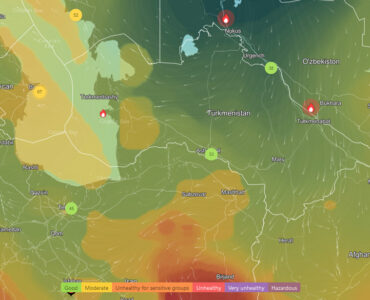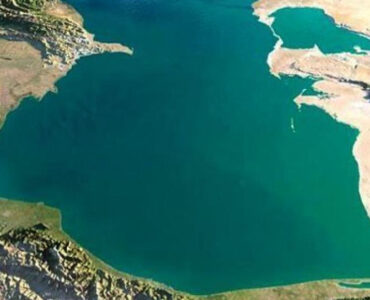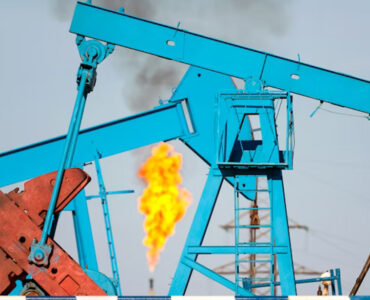Summary: Turkmenistan is among the frontline countries to experience human, economic, and physical consequences of the climate change. As a result of increasing temperatures, evaporation and desertification, the share of agricultural sector as percentage of GDP in Turkmenistan has declined from 30% in the early 90s to 9% in 2015. The agricultural sector is important for Turkmenistan because it affects country’s ability to feed its own people and to ensure food security. Turkmenistan should urgently develop appropriate adaptation measures by boosting resilience to climate stresses and disasters. It should also diversify its agricultural sector by growing crops that are drought and salt tolerant crops.
This summary of research on Turkmenistan and recommendations have been developed by a Turkmen researcher in cooperation with Progres.online. Progres.online is an online analytical journal. Progress promotes a deeper and nuanced understanding of the social and economic trends in Turkmenistan through high-quality research and analysis.
Structure of the agriculture sector
Increasing the efficiency of agricultural production in Turkmenistan requires the optimal use of its natural and economic potential. Natural potential refers to land, water, soil and climate resources while economic potential refers to labour, material, scientific and technical resources and organizational capacity (Stanchin, 2016). While the natural potential is predetermined and there is little one can do to change it, Turkmenistan certainly can capitalize on its natural potential and make better economic decisions that will improve the living standards of people in the country.
Source: The World Bank
In 2014 the agricultural sector accounted for 9% of Turkmenistan’s GDP while employing 8% of the workforce.
Little has changed since Soviet times. The agricultural sector remains under state control, with collective farms, command structure of production quotas and fixed procurement prices. The state also controls the marketing and distribution of agricultural produce across the country and has a monopoly on cotton exports (Facts and Details, 2016). After hydrocarbons cotton is Turkmenistan’s next most important export product accounting for 6.2% of all exports in 2017. This is why Turkmen government exercises strict control over its production and even uses forced labour, including child labour. Every season the government shuts down schools and public offices for months and forces students, teachers, nurses, and civil servants to harvest cotton. This has led to a number of international initiatives campaigning against the use of forced labour in Turkmenistan. As of August 2021, there were 138 international companies such as Amazon, Burburry, Gap Inс., Nike, Inc. which boycotted Turkmen cotton due to forced labour used in cotton production.
About 96% of Turkmenistan’s agricultural land is desert pasture, with Garagum desert occupying near 80% of the territory (Qamar, 2013). While Turkmenistan implemented some agricultural reforms that distributed land to individual farms and restructured large collective farms, the state still exercises substantial control over the agricultural sector. Peasant associations consisting of individual agricultural producers, leaseholders, household plots, and daykhan farms account for 70% of the total land area. Meanwhile, 20% of the land is under state reserve and 10% is used by non-agricultural operators (Qamar, 2013).
Agricultural and livestock herding land accounts for 72% and arable land for 4.1% (Facts and details). The Turkmen government decides which crops (mainly cotton, wheat and rice) to grow and enforces annual quotas. The state owns the land. Farmers can lease the land from the state-controlled farmers’ associations for 1-5 years. However, if farmers fail to fulfil their annual quotas, they risk losing the land. Private farmers grow most of Turkmenistan’s fruits and vegetables but all production phases of the main cash crops—grain and cotton—remain under state control (Facts and Details, 2016).
Agricultural production activities
Turkmenistan mainly grows and produces cotton, wheat, rice, corn, fodder crops, wool, meat, and dairy products from raising of livestock. It also produces grapes, almonds, vegetables, melons, pomegranates and figs. Grains are grown primarily for domestic consumption and to feed local livestock. The primary export crop is cotton, which is grown on more than half of the cultivable land (Facts and Details, 2016).
Among livestock, rearing of karakul sheep is widely popular along with cattle, goats, chickens, horses and camel. Fishing, bee-keeping, and silk-rendering occupy small areas of the agricultural sector (Facts and Details, 2016).
Low bioclimatic potential
Turkmenistan is located in the southern parts of temperate and subtropical latitudes, and far from ocean and seas, and thus has an arid continental climate. It experiences a large number of cloudless, sunny days a year, and intense solar radiation, low precipitation and high evaporation. The bulk of precipitation falls in the winter-spring period, and is practically absent in summer. Turkmenistan also experiences a long duration of sunshine. In the Central and South-Eastern Garagum desert, it reaches 2800-3100 hours a year and is 80-93% of the possible duration in summer (Stanchin, 2016).
Turkmenistan has a low bioclimatic potential. Bioclimatic potential relates to country’s climatic factors that determine biological productivity of its soil. The main climatic factors affecting plant life include heat, light and moisture. Despite having warm temperatures, a long frost-free period, and high levels of solar energy, the country gets very low levels of precipitation. Hence, Turkmenistan’s natural potential is limited due to lack of sufficient water resources. Evaporation is many times greater than the amount of precipitation rainfall, and agriculture is possible only with artificial irrigation. This requires efficient and rational use of water by reducing losses due to evaporation, filtration and technical losses during its transportation through main canals and on-farm irrigation to the fields (Stanchin, 2016). Low climatic potential and limited water resources has affected agricultural production. As illustrated in Figure 2 the share of agricultural sector as percentage of GDP in Turkmenistan has declined over the years, dropping from 30% in the early 90s to 9% in 2015.
Source: World Development Indicators
Water usage in the agricultural sector
Access to water and irrigation is a major determinant of land productivity and stability of yields (ICARDA, 2009). The largest rivers in Turkmenistan include Amu Darya, Murgab and Tejen (Stanchin, 2016). Irrigation is mainly done through Garagum Canal, which is the largest canal in the world with a length of 1445 km. Its construction began in the mid 1950s and finished in 1988 (Stanchin, 2015). The canal brings water from Amu Darya to the southern parts of the country and is mainly used to supply water to cotton farms. It has contributed to the shrinking of the Aral Sea. Given that Garagum Canal is not well maintained it leaks a lot of the water it carries. According to the Turkmen government 28% of the water disappears before it reaches its destination while international scientists estimate this figure to be close to 60% (Facts and Details, 2016).
Source: United Nations Development Programme (UNDP)
The surface water resources account for about 87.5% – 98.2% of all water resources in Turkmenistan. All surface water resources are formed outside of country’s borders and hence are transboundary. For example, the largest river is Amu Derya and it accounts for almost 90% of water supply in the country (see Figure 3). It passes through four countries – Tajikistan, Afghanistan, Turkmenistan and Uzbekistan. Hence, any changes in water use in one of these countries inevitably affects the interests of others. This significantly amplifies the risks of regional water disputes and makes it important to have a coordinated water resources management system (UNDP). The total volume of water resources of Turkmenistan is 25-26 km3. While Turkmenistan has a huge climate potential and land resources, it is experiencing a significant shortage of water resources (Volmuradov).
Source: United Nations Development Programme (UNDP)
The main consumer of water resources is the agricultural sector of the economy, which uses about 91% of all water resources of Turkmenistan (see Figure 4). This is a significantly bigger share compared to the world average where agriculture accounts for 70% of all freshwater withdrawals.
Agriculture is important for the economic growth of Turkmenistan since almost half of country’s population of six million reside in rural areas and it effects country’s food security. However, high state control, lack of reforms and appropriate policies, low climatic potential and the effects of global warming jeopardise the agricultural sector’s future. The government of Turkmenistan needs to react swiftly not only to preserve the sector but to make it a central part of country’s long term economic agenda.
Sources used
Dunne, J. P., Stouffer, R. J., & John, J. G. (2013). Reductions in labor capacity from heat stress under climate warming. Nature
Climate Change, 3(6), 563–566.
Facts and Details (2016). “Agriculture in Turkmenistan.”
The Food and Agriculture Organization (FAO) (2014). “Project on Conservation Agriculture in Irrigated Areas of Azerbaijan, Kazakhstan, Turkmenistan And Uzbekistan.”
International Center for Agricultural Research in the Dry Areas (ICARDA) 2009, “A Vision for Sustainable Land Management Research in Central Asia.”
International Monetary Fund (IMF) (2022).“Feeling the Heat: Adapting to Climate Change in the Middle East and Central Asia.”
Qamar, Kalim (2013). “Integrating Nutrition into Rural Advisory Services and Extension: Turkmenistan.” Global Forum for Rural Advisory Services (GFRAS).
Stanchin I.M (2015). “The History of Forming the Potential of Irrigated Agriculture In Turkmenistan.”
Stanchin I.M (2016). “Natural and Economic Potential of Turkmenistan.”
The World Bank (2021). “Climate Risk Country Profile: Turkmenistan.”
Volmuradov Gurbangeldy Meredovich, “Water Resources of Turkmenistan: Potential, Use, Technology and Ecology.” Ministry of Water Resources of Turkmenistan.

